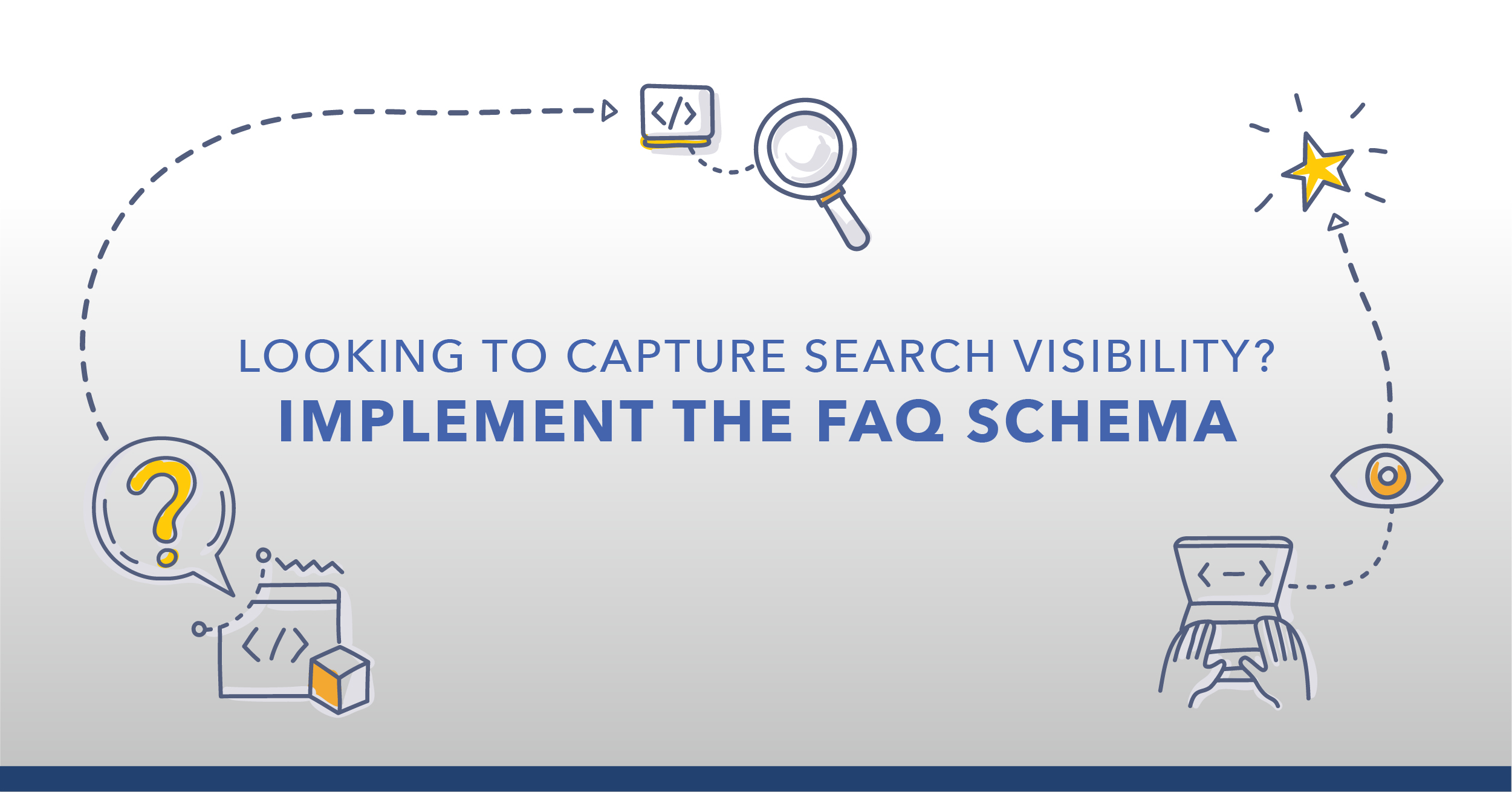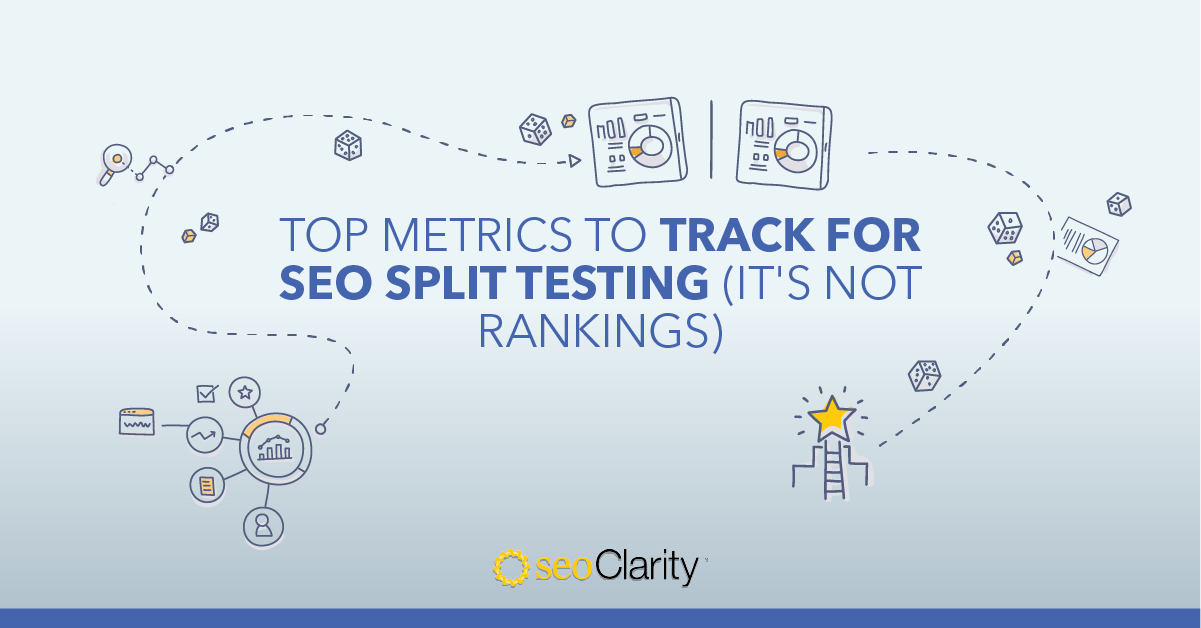Crafting a well-thought-out hypothesis is a critical step in ensuring that your SEO split test is structured to yield meaningful, actionable insights.
A well-formulated hypothesis essentially acts as a roadmap, guiding testing and optimization efforts toward clear, measurable objectives and providing a framework for interpreting results.
Without one, you’ll likely find yourself wasting time and effort running a test that provides little statistical significance or practical insight on what will improve your specific site’s search visibility.
To help you create strong hypotheses for SEO split testing, we’ve outlined the process in six easy-to-follow steps.
Table of Contents:
Framework for Creating a Strong Hypothesis For SEO Split Testing
Let’s dive into the six steps involved in crafting a SEO split testing hypothesis that will help guide your optimization efforts.
1. Start With An Analysis of Your Site’s SEO Performance
The first step in creating a strong hypothesis for your SEO split test is identifying potential areas for improvement on your site. To do so, you’ll need to conduct an initial analysis of your site’s SEO performance.
This analysis will also provide a benchmark that you can reference when comparing the before and after results of your tests.
As a part of our SEO Success Framework, we create and present a customized State of Affairs analysis for all of our clients.
If you’re not a client, you can fill out this quick form for a free comprehensive report of your domain’s performance.
2. Determine a Meaningful and Measurable Goal For Your Test
To ensure your time and effort aren’t wasted, it’s important to have a clear goal outlined before you begin the testing process.
When determining the goal of your SEO split test, make sure to identify what’s really important to your business. In other words, what is the metric that could change that will provide the biggest ROI?
For example, many SEOs want to run a test to see how it will impact their rankings. But ask yourself; is ranking higher really my end goal? Or is receiving more traffic and conversions actually the most important KPI to measure?
In the case of SEO split testing, we want to make a change that will have an impact on the SERP or will drive a user to click on it over something else.
It’s also important to make sure that you can measure the goal that you set. For example, goals like improving brand awareness, increasing overall industry authority, or improving user satisfaction are all challenging to measure directly through SEO split testing.
Rankings are also very hard to tie back to your split test due to Google's complex algorithm, which considers numerous ranking factors. In testing, our aim is to implement changes that are reflected in the SERP or will drive a user to click on it over something else. As such, rankings are not an ideal metric to test.
Instead, we suggest running your tests on revenue-based metrics that you can clearly measure such as:
- Traffic
- Conversions
- CTR
- Clicks
- Impressions
3. Identify Your Independent Variables
In SEO split testing, your independent variables are what you'll tweak, like title tags or meta descriptions. Your dependent variables, on the other hand, are the outcomes you'll track, such as click-through rates or conversions (these have already been determined during step 2).
The changes you make (independent variables) should be strategically aligned to positively affect your desired results (dependent variables) in a measurable way.
For example, if you want to improve your click-through rates, optimizing your titles and meta descriptions to be more compelling and relevant to your target keywords could be a powerful independent variable.
Similarly, if your goal is to increase conversions, tweaking elements like the placement of call-to-action (CTA) could directly influence this outcome.
Need help coming up with ideas on what to test? Download our template of 1,400 free SEO split testing ideas sorted by industry.
Next, decide on the type of pages for testing, be it product, category, or blog pages.
And remember, changing one variable at a time helps pinpoint its exact effect while changing too many variables can make it hard to determine correlation.
4. Ensure Your Hypothesis is Actionable
When creating your hypothesis, make sure that it is actionable regardless of the outcome of the test.
Consider:
- If you would have the resources to implement on a larger scale?
- If the test proves successful, is it possible to execute this across your site?
- Would you actually devote time to do this IF it works?
If not, the test may not be worth running.
For example, let’s say your test results show that making a change will allow you to get more traffic for a certain group of keywords. But, those keywords aren’t really money-making search terms that would bring you more business.
In this case, even though the test was successful, you probably wouldn’t spend time implementing it since the results don’t actually drive business.
5. Consider Outside Factors that Could Impact Your Hypothesis
Next, consider if there are any factors outside of your control that could skew the results of your SEO split test and provide misleading conclusions.
For example, if you plan to test the impact of updated header tags on user engagement during the holiday season, your results might be influenced by the increased online activity typical of that time of year, rather than the changes you made.
As such, you need to make sure your test and control groups are correlated so they are both impacted by the same seasonality or other external factors to ensure the results aren’t skewed.
Common external factors that can impact SEO performance include:
- Seasonality
- Events
- Product launches
- Market trends
- Competitor actions
The list goes on. To ensure that you gain accurate and actionable insights from your test, make sure to build your hypothesis around what you can control.
6. Make Sure Your Hypothesis is Clear and Specific
Lastly, it’s time to fine-tune the wording of your hypothesis.
To make it easier to measure success and apply the learnings of your SEO split test, it’s critical to ensure your hypothesis is clear and specific.
A well-formulated hypothesis should include the following elements:
- Condition: The specific change or action to be tested.
- Predicted Outcome: The expected effect on the dependent variable.
- Rationale: The underlying logic or theory supporting the predicted outcome.
Here’s an example of a vague hypothesis: "If we improve our website, it will perform better in search results."
It doesn't specify what "improve" means or how "perform better" will be measured. It's also unclear what aspects of the website will be changed and what the expected outcome is.
A better formulated hypothesis would be, “By optimizing the titles and meta descriptions for our top X product pages to include targeted keywords and compelling calls-to-action, we will see a 15% increase in click-through rates from organic search results.”
This hypothesis provides a clear, actionable, and measurable statement that guides the testing effort.
Conclusion
Formulating a solid hypothesis is the linchpin of effective SEO split testing, guiding your experiments with clarity and purpose toward actionable insights.
As a recap, here are the six steps involved in creating a strong SEO split test hypothesis:
- Start With An Analysis of Your Site’s SEO Performance
- Determine a Meaningful and Measurable Goal For Your Test
- Identify Your Independent Variables
- Ensure Your Hypothesis is Actionable
- Consider Outside Factors that Could Impact Your Hypothesis
- Make Sure Your Hypothesis is Clear and Specific
Embracing this approach ensures that every test you conduct is a step towards more refined, impactful SEO practices that drive real results.
Ready to put your hypothesis to the test?
Our SEO Split Testing Tool allows you to easily execute and analyze split tests without the help of a dev team in minutes.
Schedule a custom demo to learn more!








Comments
Currently, there are no comments. Be the first to post one!